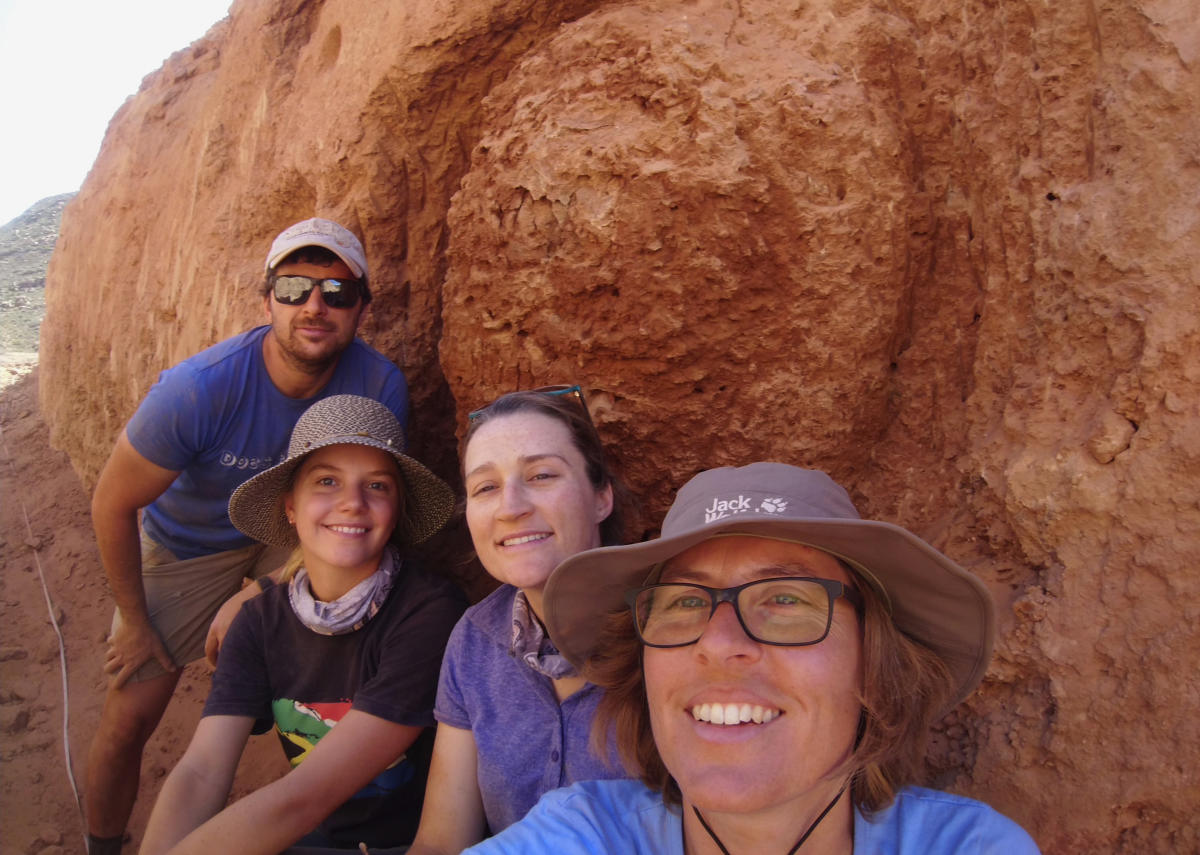CAPE TOWN, South Africa (AP) — Scientists in South Africa were stunned to discover that termite mounds still inhabited in an arid region of the country are more than 30,000 years old, making them the oldest known active termite mounds.
According to researchers from Stellenbosch University, some of the hills near the Buffels River in Namaqualand are 34,000 years old according to carbon dating.
“We knew they were old, but not that old,” said Michele Francis, a senior lecturer in the university’s soil science department who led the study. Her paper was published in May.
Francis said the mounds existed when sabre-toothed tigers and woolly mammoths roamed other parts of the world and large parts of Europe and Asia were covered in ice. They predate some of the earliest cave paintings in Europe.
Some fossilized termite mounds have been discovered that are millions of years old. The oldest inhabited mounds before this study were found in Brazil and are about 4,000 years old. They are visible from space.
Francis said the Namaqualand Hills are a termite version of an “apartment complex” and that the evidence shows they have been consistently inhabited by termite colonies.
Termite mounds are a well-known feature of the Namaqualand landscape, but no one had any idea how old they were until samples were taken to experts in Hungary for carbon dating.
“People don’t know that these are special, centuries-old landscapes that have been preserved there,” says Francis.
Some of the largest mounds — known locally as “heuweltjies,” which means small hills in Afrikaans — are about 100 feet (30 meters) wide. The termite nests are as much as 10 feet underground.
Researchers had to carefully dig out parts of the mounds to take samples, and the termites went into “emergency mode” and began filling in the holes, Francis said.
The team completely reconstructed the termite mounds to protect the termites from predators such as aardvarks.
Francis said the project was more than just a fascinating look at ancient structures. It also offered a glimpse into a prehistoric climate that showed Namaqualand was a much wetter place when the hills were formed.
Southern harvester termites are experts at capturing and storing carbon by collecting twigs and other dead wood and burying them deep in the ground. This has benefits in offsetting climate change by reducing the amount of carbon released into the atmosphere.
It is also good for the soil. Masses of wildflowers bloom on the termite mounds in an area where rainfall is low.
Francis called for more research into termite mounds because they can teach us about climate change, ecosystem conservation and possibly even improving agricultural methods.
“We would do well to study what the termites did in the mounds. They were considered very boring,” she said.
___
AP Africa News: https://apnews.com/hub/africa






